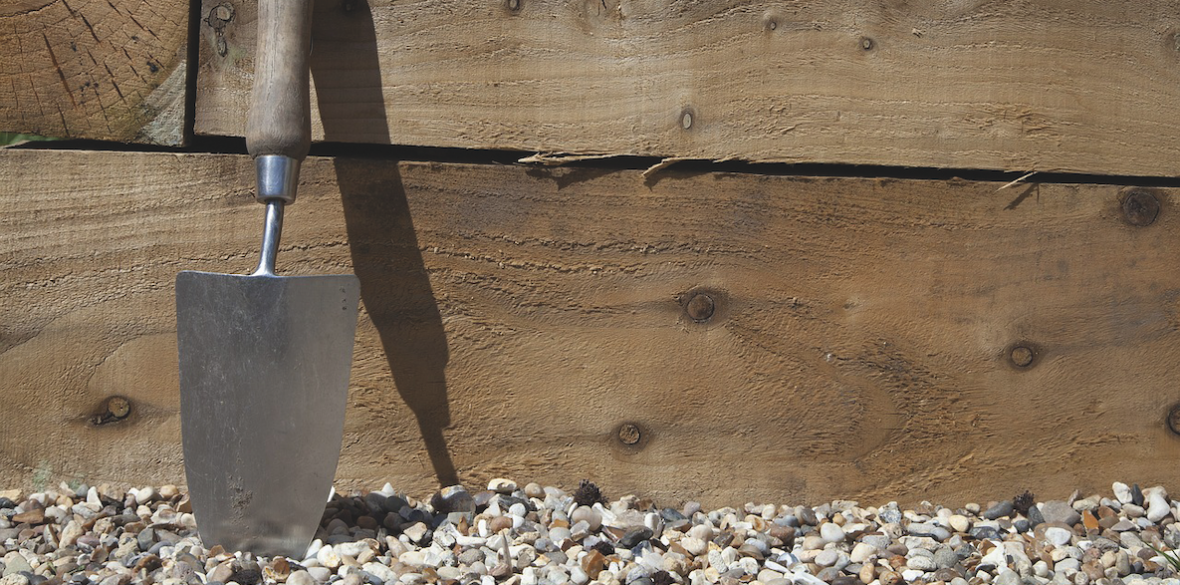This is the last article you can read this month
You can read more article this month
You can read more articles this month
Sorry your limit is up for this month
Reset on:
Please help support the Morning Star by subscribing here
MIZUNA is one of the most commonly grown oriental brassicas in this country, and for good reasons. It’s a pretty easy crop to succeed with, and it’s a particularly versatile foodstuff. It’s mild but not bland flavour and its crisp texture mean it’s equally good raw or lightly cooked. Mizuna isn’t the sort of vegetable that rudely dominates a meal, so you can use it with almost anything.
You may find the seeds on sale under the name Japanese greens, or as mizuna. Although, with a little trouble, it can be grown almost all year round, for me mizuna has always done best sown round about now for an autumn harvest.
Very hot, dry weather doesn’t agree with it, which is why I rarely sow it before midsummer. Of course, the shifting seasons caused by climate change mean that many established sowing dates are having to be revised.
Cold weather doesn’t bother it at all. It’ll go on happily well into late autumn, and I’ve known unprotected plants survive right through the winter. In a greenhouse or under a cloche it can make a welcome winter salad.
Being a compact plant, mizuna is perfectly suited to growing in pots and other containers as well as in the ground. Wherever you grow it, its soil or compost mustn’t be allowed to dry out for long.
Full sun and light shade are both acceptable situations for this vegetable, and if you do raise it in pots you’ll be able to move them around to adapt to excessively sunny or cloudy weather.
You can easily buy young mizuna plants online, but it’s reliable and quite fast from seed. You can sow it in a seed tray, for transplanting a fortnight or so later, or in soaked drills in the soil.
The final spacing between the plants really depends on how you want to use the vegetable. To pick limited crops of small leaves over a long period, allow 4 inches (10cm) between each mizuna. If you’ll be cropping an entire, mature plant all at once, 14 inches (36cm) is about right. I generally go for 9 inches (23cm), to give me up to four or five harvests from medium-sized plants.
Mizuna doesn’t just tolerate being a “cut-and-come-again” crop, it actually thrives on it. Regularly cutting off the foliage for use in the kitchen prompts the production of fresh new leaves, often over several months. You can start cropping it as soon as there’s anything there worth eating, or you can leave it alone to reach your preferred size.
Eventually, even the indefatigable mizuna must bow to the great leveller, and it will finally put up flower stalks before dying. Luckily for us, the buds and the flowers themselves are also edible.
One of mizuna’s Japanese names apparently translates as “juicy vegetable,” referring to the thin leaf stalks. The serrated leaves themselves taste slightly of mustard, with a touch of sweetness, and the growing plant is pretty enough for a flower border.










